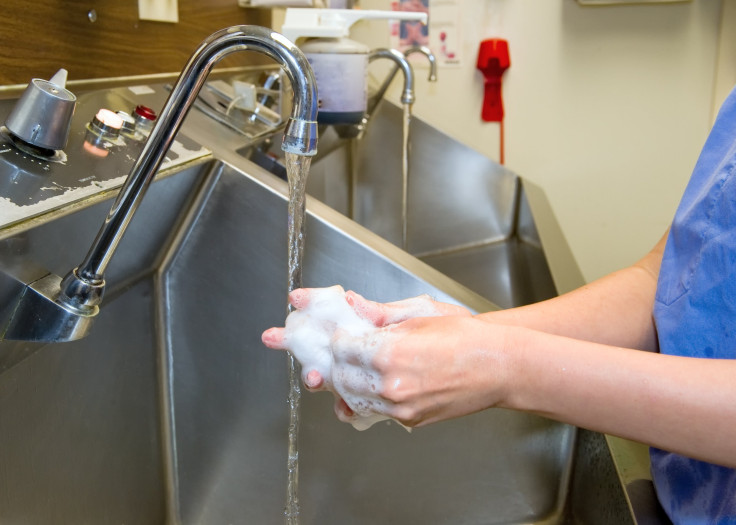Hospital Tap Water Contaminated With Bacteria: How Safe Are You From Hospital-Acquired Infections?

Here’s another reason why hospital-acquired infections are a rising concern.
A new study published in Infection Control and Hospital Epidemiology has found that hospital tap water may be filled with bacteria, especially among faucet taps with aerators, while water found deeper in the plumbing system is actually safer.
Aerators are located at the tip of the faucet, a threshold of sorts that allows water and air to rush through. It’s this part of the faucet that may be a gathering place for bacteria, the study’s authors note. “Aerators are a reservoir for drug-resistant bacteria and a source of infection for patients at risk,” Marisa Luisa Cristina, a lead author of the study, said in a press release. “Safe water is vital to ensuring patient safety where waterborne infections increase morbidity, mortality, treatment costs, compensation claims and prolong hospital stays.”
Researchers from the University of Genova in Italy studied water samples at two hospitals for a year. They tested both cold and hot water from faucets used for hand washing, surgical washing, and washing medical equipment — and reviewed the growth of bacteria at the faucet head as well as deeper within the water system. They found that the amount of bacteria present in water was 10 times greater when aerators were present, than after they’d been sterilized. The researchers also noted that chlorine levels were often too low, and identified problems with hot water temperatures that were too low to prevent the growth of the bacteria Legionella.
Hospital-acquired infections, often referred to as HAI — or nosocomial infections in medical literature — have become a serious public health issue in the U.S., and remain a major financial burden on the medical system. According to the Centers for Disease Control and Prevention (CDC), the cost of HAIs in the medical world range between $28.4 to $33.8 billion per year.
The CDC states that HAIs are often caused by medical devices that are inserted into the body, such as catheters or ventilators. A common form of HAI is a central line-associated bloodstream infection, which occurs when bacteria enter the body through the opening of a central line tube. On top of that, surgical site infections, or infections that occur at the places where the body was cut open for surgery, are another issue. According to the World Health Organization (WHO), hospital-acquired infections affect hundreds of millions of people per year. Out of every 100 patients in the hospital in developed countries, seven will acquire at least one infection.
Hospital infections acquired from contaminated water has also been a common concern for years. “Hospitals tend to have large, complex waterworks with low-flow areas that produce stagnation and biofilm formation,” Dr. Tara Palmore said in a commentary that was published alongside the study. “[H]ot and cold water temperatures that are not well regulated may be ideal for bacterial growth…the [study] is valuable in quantifying the frequency, magnitude, and location of the potential hazard to patients from hospital water in their facilities." But while tainted hospital tap water may indeed seem scary, it's not as common as other sources of hospital-acquired infections. The most common is actually urinary tract infection, the WHO states.
Published by Medicaldaily.com



























